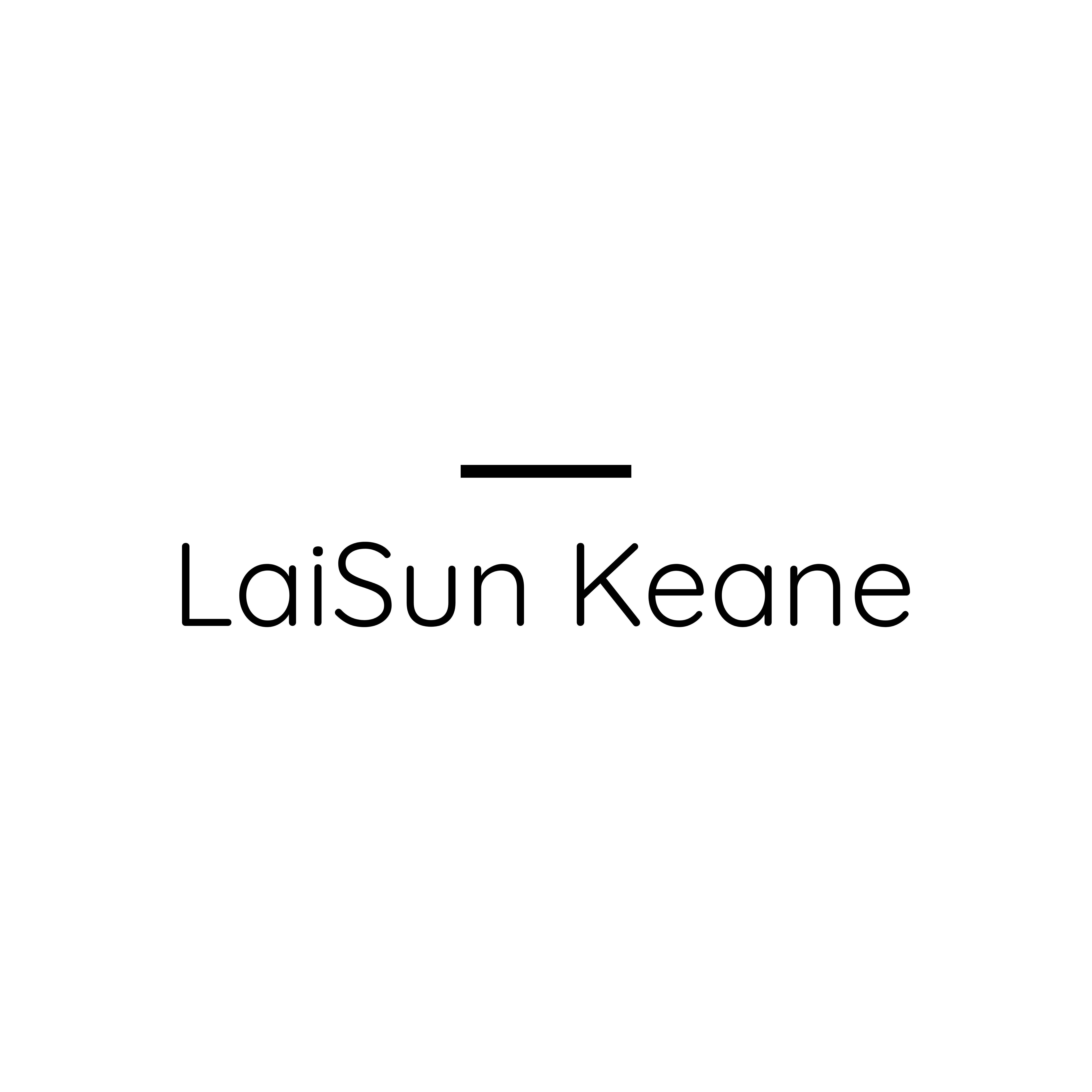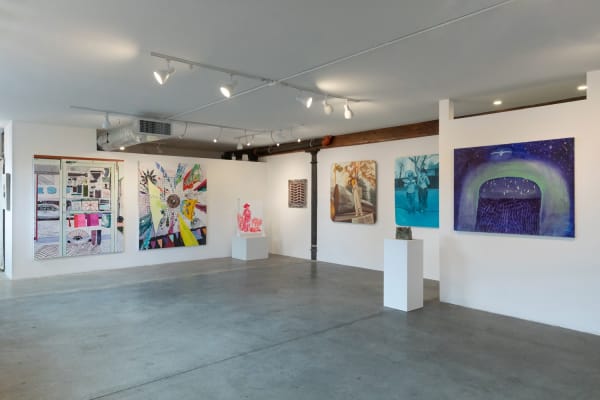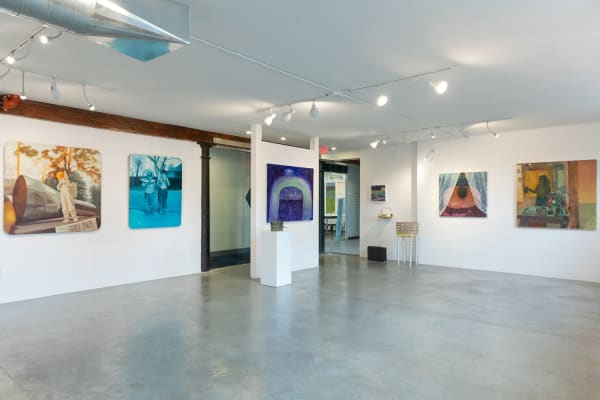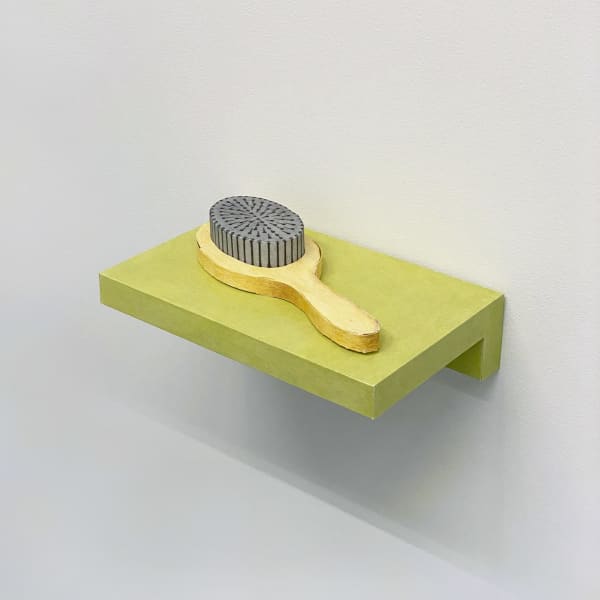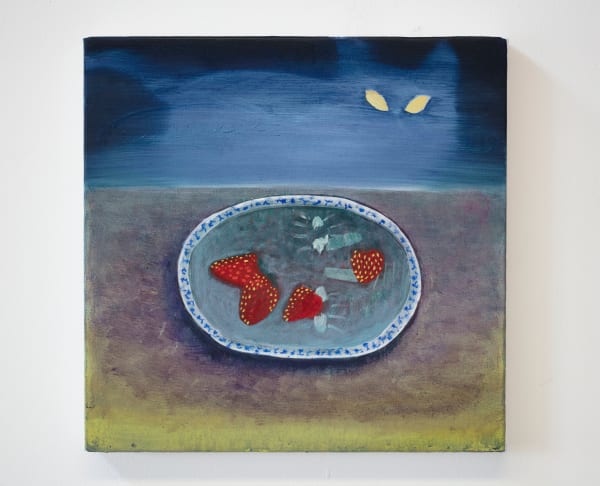What's New in Still Life, Portrait, and Landscape
JOHN YAU
During the past four years, I was invited to visit various MFA programs as well as be the juror for the “Young Painters Competition” held bi-annually by Miami University in Oxford, Ohio. Looking at the work of young artists, I was struck by how many of them were exploring the genres of still life, portraiture and landscape, as well as committing themselves to working from direct observation. After the rise of modern art in America, and a long stretch of time dominated by Abstract Expressionism, Pop Art, Minimalism, Conceptual Art, and Neo-Expressionism, where direct observation was seldom if ever considered, these young artists were working in genres that had largely been sidelined. For these artists, using imagery derived from the mass media and pop culture seemed of little interest. It was as if years of the art world’s practice of promoting the “New,” this generation of artists recognized how quickly the standards of the avant-garde devolved, replaced by imitation and parody.
At the same time, choosing to work in well-established genres that have a long and celebrated history is a challenge that requires both courage and self-confidence, especially when the viewer is likely to be up to date on the latest developments in art. Whether working as a sculptor, ceramicist, or a painter, all of the artists in this exhibition are passionate about craft. What distinguishes their craft is how directly they use it to make their work; there is nothing gaudy or superfluous in what they do. Everything they do is in service of their belief that no two people see the world in the same way. This, rather than style, is what makes them original and exciting to me. Time will tell how far each of them will go, but for me all of them are more than ready to have their work in the world.
The seven artists I have selected are: Lauren Petrick Brooks; Kevin Cobb; Abigail Dudley; Samuel Alexander Forest; Calvin Kim; Meghan Murray; Lizzie Zelter. What they share is an uncanny ability to transform the commonplace into the memorable. In different ways they have broken free of the conventions governing these genres by seeing the world from unusual vantage points and closely looking at what is often ignored. Their landscape is likely to be found in an urban environment, reminding us that an unspoiled vista is a long-faded dream. For the artist engaged with portraiture, distortion and exactitude overlap. Even a mirror misrepresents us. When Kevin Cobb makes a self-portrait based on seeing his reflection on a spherical surface, he reminds us all of the ways our reflections are changed by the world we inhabit. I don’t think Cobb’s choice of a distorting surface is purely aesthetic. His depictions of a contorted face and body convey an inner turmoil we should be cognizant of.
Meghan Murray’s paintings are based on family photo albums, school year books, and other photographic records that bear witness to how we wish to be seen and remembered. What do the costumes and outfits we wear signify about the society in which they are norm? What does the collective fantasy that made wanting to be a cowboy or an astronaut say about our country? What does it mean to flatten everything, so that these two fantasies become on some level interchangeable. In her choice of closely related hues, which the painting ATOM ROCKETS DECLARED READY FOR COMBAT USE (December 21, 1952) (2022), Murray adds another layer for the viewer to reflect upon. By pairing a newspaper headline with a family photo of two boys pointing weapons at us, Murray invites viewers to ponder the ways violence and aggression are celebrated in this country. Her palette of jade blues for this painting adds another level meaning for us to consider, as it adds what I see is a sign of mournfulness and loss to the painting.
In (w)here (2022), Brooks paints a close-up view of a sewer grating, keenly attentive to the coloration of open steel structure and the years of wear it has endured. The care with which she has painted the structure’s surface is uncanny. Something we might avoid while walking down the street becomes memorizing. The blackness between the grating evokes an emptiness we see but cannot enter. Abigail Dudley depicts a locked electrical box on a telephone pole. As with Brook’s sewer grating, the view point is that of someone looking closely at a commonplace object. And yet, in her use of color and close-looking, she turns the box into a holder of mysteries, just as Brooks turns the sever grating into a porous barrier between the viewer and unknowable darkness. Are their paintings simply about seeing? Or might the gap between seeing and knowing also be the subject? Dudley’s soft palette in this and other works, such as the moody blues and greens in Night Lights over Convention Center (2020) stir up different emotional states, such as solitariness and yearning.
In contrast to Brooks and Dudley, Zelter’s views are often sharply angled, as if one stopped in the street and looked straight up or bent down slightly to get a clearer view of what has caught attention. The angled views underscore how much of our daily environment we don’t see. In The Twister and General Haus (both dated 2023), Zelter focuses on one of the many moments we might experience while shop ing for a bargain in an unfamiliar part of a city. We are inside the store looking through the nondescript glass door and the street outside. Images of leather gloves, a fan, and other non-essential items have been affixed to door, reminders of things we may wish to reconsider. In The Twister, we are looking straight up at banners hanging straight down from the ceiling of a store whose purpose eludes us. One of the signs bears the words, “NO PLACE LIKE HOME” in red letters on a yellow ground. There is nothing homey or welcoming about either of the views Zelter depicts.
In different ways, Brooks, Dudley, and Zelter find captivating views in our common urban experiences. Rather than passing by, they have stopped to scrutinize aspects of our infrastructure and the degraded states it has reached. What does this mean about a society motivated to possess the latest new thing to improve the quality of our lives? What do we need to feel comfortable and why?
Of the artists I have selected, Calvin Kim’s paintings and ceramics are the most removed from direct observation. In Untitled (Are We There Yet?) (2022), a white bird, like one we would see in an Italian Renaissance painting, hovers above a tree stump covered with mostly upright cigarette butts. Smoke rises from one, suggesting someone only recently left. A misty green arch of light encloses the stump, like hair falling down either side of a head. The sky is deep blue and filled with stars. The juxtaposition of the white bird (a symbol of the Holy Spirit in Renaissance paintings) and the tree stump brings together the spiritual and the mundane. Why are there so many cigarettes, which have been deliberately stood up What kind of ritual is this? How many people were gathered at the tree stump and why. The painting is beguiling.
Samuel Alexander Forest, who is a sculptor and book maker, uses paper as his primary material. The objects he makes are replicas of things that have been meaningful to him. They include rocks he sat on while hiking, a hair brush, a lunch box with food wrapped inside, and pocketbook, his dad’s suitcase. Making them out of paper, which he paints, Forest creates a world of mysterious, talismanic objects. Working in the vein of trompe l’oeil, he does not try to trick us into we believing we are looking at the real thing. Nor does his memorializing of these objects seem nostalgic. Through his attention to detail, such as the shadows of branches and leaves cast on a rock or the permanent stain in a freshly washed and neatly folded t-shirt, Forest is able to infuse his work with a subtle emotional complexity. Looking at them, the viewer becomes fixated. Such is the power certain ordinary things have over us. It is this power that the artists in this exhibition recognize.
List of Artists:
Lauren Petrick Brooks
Kevin Cobb
Abigail Dudley
Samuel Alexander Forest
Calvin KimMeghan Murray
Lizzie Zelter
